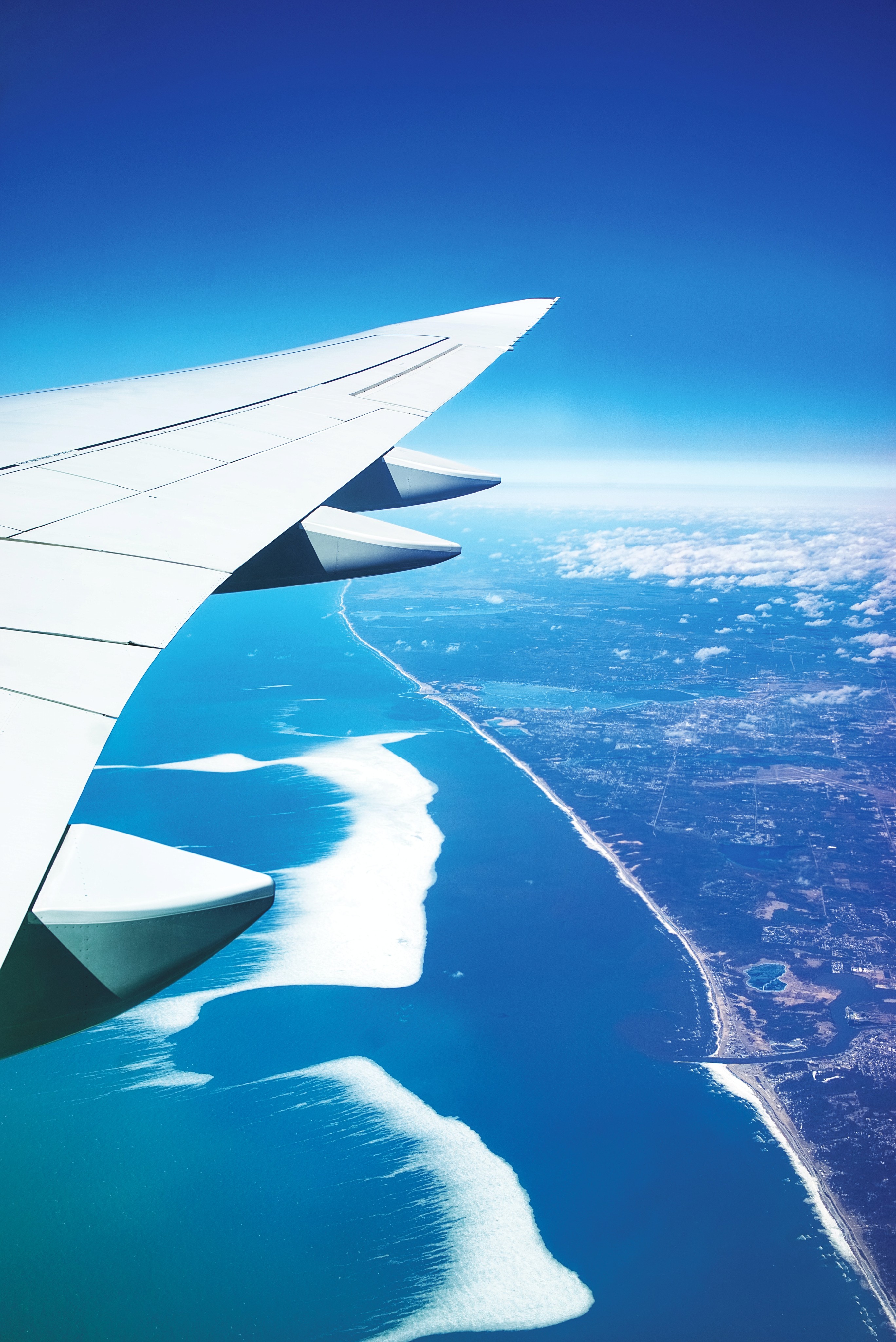
Introduction
Flying is a remarkable feat of human engineering and innovation, and aeroplanes are designed to harness the laws of physics to soar through the skies. However, achieving flight involves navigating through various forces that act on an aircraft during different phases of flight. In this SEO-friendly blog post, we will explore the four fundamental effects that influence a plane's movement and stability. Understanding these effects is crucial to appreciating the complexities of aviation and how aeroplanes stay aloft with precision and safety.
Lift - The Force that Lifts the Plane
One of the most critical effects on a plane is lift, the force that enables an aircraft to rise into the air. Lift is generated by the shape of the wings and the speed at which air flows over them. As the plane moves forward, the air above the wings travels faster than the air below, creating a pressure difference that lifts the plane upward.
Weight - Countering the Force of Gravity
Weight is the force of gravity acting on the aeroplane, pulling it towards the Earth. For an aircraft to achieve and maintain flight, the lift generated must be greater than its weight. The design and engineering of the aeroplane take into account this balance between lift and weight to ensure safe and stable flight.
Thrust - Propelling the Plane Forward
Thrust is the force that propels the aeroplane forward. It is generated by the engines, which produce a powerful jet of air or propeller-driven force to overcome drag and move the plane through the air. The amount of thrust produced determines the aircraft's speed and acceleration.
Drag - The Resistance Against Forward Motion
Drag is the aerodynamic resistance that opposes the plane's forward motion. It is caused by the friction of air molecules against the aircraft's surfaces. Pilots and engineers carefully manage and minimise drag to ensure fuel efficiency and optimize the plane's performance.
Stability and Control - Balancing the Forces
Maintaining stability and control is crucial for safe and precise flight. Aircraft are designed with stability-enhancing features and control surfaces such as ailerons, elevators, and rudders, which allow pilots to adjust the plane's attitude and respond to varying flight conditions.
How Flight Ads Target Air Travelers
Who is the Target Audience for Flight Ads?
Flight ads have a unique advantage of reaching a captive and diverse audience of air travellers:
Business Travelers: Business flyers, frequent travelers, and corporate executives are often exposed to flight ads during their journeys, making them a valuable audience for business-related products and services.
Leisure Travelers: Families, vacationers, and tourists are an ideal target for flight ads promoting travel destinations, entertainment options, and travel-related products.
Benefits of Flight Advertising
High Visibility and Reach: Flight ads offer exposure to a large and engaged audience, capturing the attention of travellers during their airport experience.
Brand Recognition and Recall: Consistent exposure to flight ads can significantly improve brand recall and recognition, making it a powerful tool for brand awareness campaigns.
The Future of Aviation and Aircraft Design
Advancements in aviation technology and aircraft design continue to shape the future of air travel:
Sustainable Aviation: The aviation industry is increasingly focused on adopting eco-friendly practices, such as biofuels and electric aircraft, to reduce environmental impact and create a more sustainable future.
Conclusion
Understanding the four effects on a plane - lift, weight, thrust, and drag - provides insight into the principles that make aviation possible. Pilots, engineers, and designers work in harmony to ensure the aircraft's stability, control, and safe flight. As air travel continues to evolve, flight advertising presents a unique opportunity for businesses to connect with a diverse and captive audience. Whether targeting business travellers or leisure vacationers, flight ads can enhance brand visibility and recognition during the travellers' journey. As the aviation industry embraces sustainability and innovative technologies, we can look forward to a future where flying remains not just a mode of transportation but an unparalleled experience of human ingenuity and exploration.
follow us on
Mojoboxx